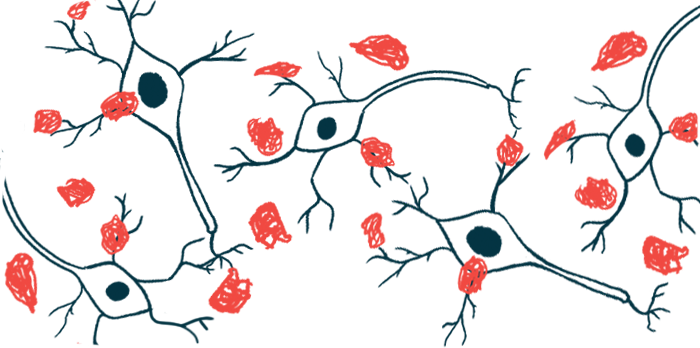NIH $1.9M research grant will fund detailed study of amyloid fibrils
Such amyloid protein clumps are common in Parkinson’s, other diseases

A five-year project funded by a National Institutes of Health (NIH) research grant totaling nearly $1.9 million will study amyloid fibrils, protein clumps that are a hallmark of Parkinson’s disease and other neurodegenerative conditions.
This work may shed new light on the disease-causing mechanisms related to these fibrils — which, according to the researchers, has potential implications in the diagnosis and treatment of Parkinson’s and other amyloid diseases, including Alzheimer’s.
The grant (1R35GM152038-01) was awarded to a research team led by Angel Martí, PhD, a professor and chair of the department of chemistry at Rice University, in Houston. Its total is $1.875 million, per a university press release, with the notification listing $375,153 in funding for 2024.
“Understanding the structure and behavior of biological nanostructures is crucial for developing effective treatments,” said Martí, also a professor of bioengineering, materials science, and nanoengineering.
“Our research aims to provide new insights into these structures, which could ultimately lead to more targeted and efficient therapies,” Martí said.
Seeking to understand disease-causing mechanisms of amyloid fibrils
A common feature of neurodegenerative diseases like Parkinson’s and Alzheimer’s is the accumulation of misfolded proteins into a specific type of insoluble, fibrous clumps called amyloid deposits or amyloid fibrils. Such protein clumps lead to nerve cell death.
While toxic aggregates mostly made of the alpha-synuclein protein, called Lewy bodies, are a hallmark of Parkinson’s, clumps of amyloid-beta and tau are linked to Alzheimer’s.
Scientists note that studying amyloid fibrils and their interactions is challenging, due to their complexity and the need for suitable chemical and physical methodologies. Commonly used techniques, such as X-ray or nuclear magnetic resonance, typically lead to inconsistent or inaccurate results.
In this project, the researchers will develop advanced methodologies to reveal the structural details of amyloid fibrils and how they interact with other molecules.
One of the methodologies, called photochemistry. consists of chemical reactions resulting from the absorption of light; another, known as photophysics, deals with the molecular changes induced by light exposure.
Martí’s team has made significant advances in this field to date, such as the development of metal complexes for detecting amyloid fibrils and quantifying alpha-synuclein. The researchers also were able to identify molecular binding sites within amyloid-beta.
This work is crucial, considering the widespread impact of [Parkinson’s and other neurodegenerative] diseases. We are enthusiastic about our research’s potential to transform our understanding of their mechanisms.
Leveraging on these advances, the team now aims to uncover where molecules bind to amyloid fibrils —and how tight these connections are — and to study how molecules can bind to different sites at the same time.
According to the scientists, this project can ultimately contribute to fundamental knowledge to help tackle these diseases in humans, aligning with the NIH’s mission. The press release notes that, according to the NIH, about 500,000 people in the U.S. are diagnosed with Parkinson’s, while an estimated 6.7 million older Americans have Alzheimer’s.
“This work is crucial, considering the widespread impact of these diseases. We are enthusiastic about our research’s potential to transform our understanding of their mechanisms,” Martí said.






